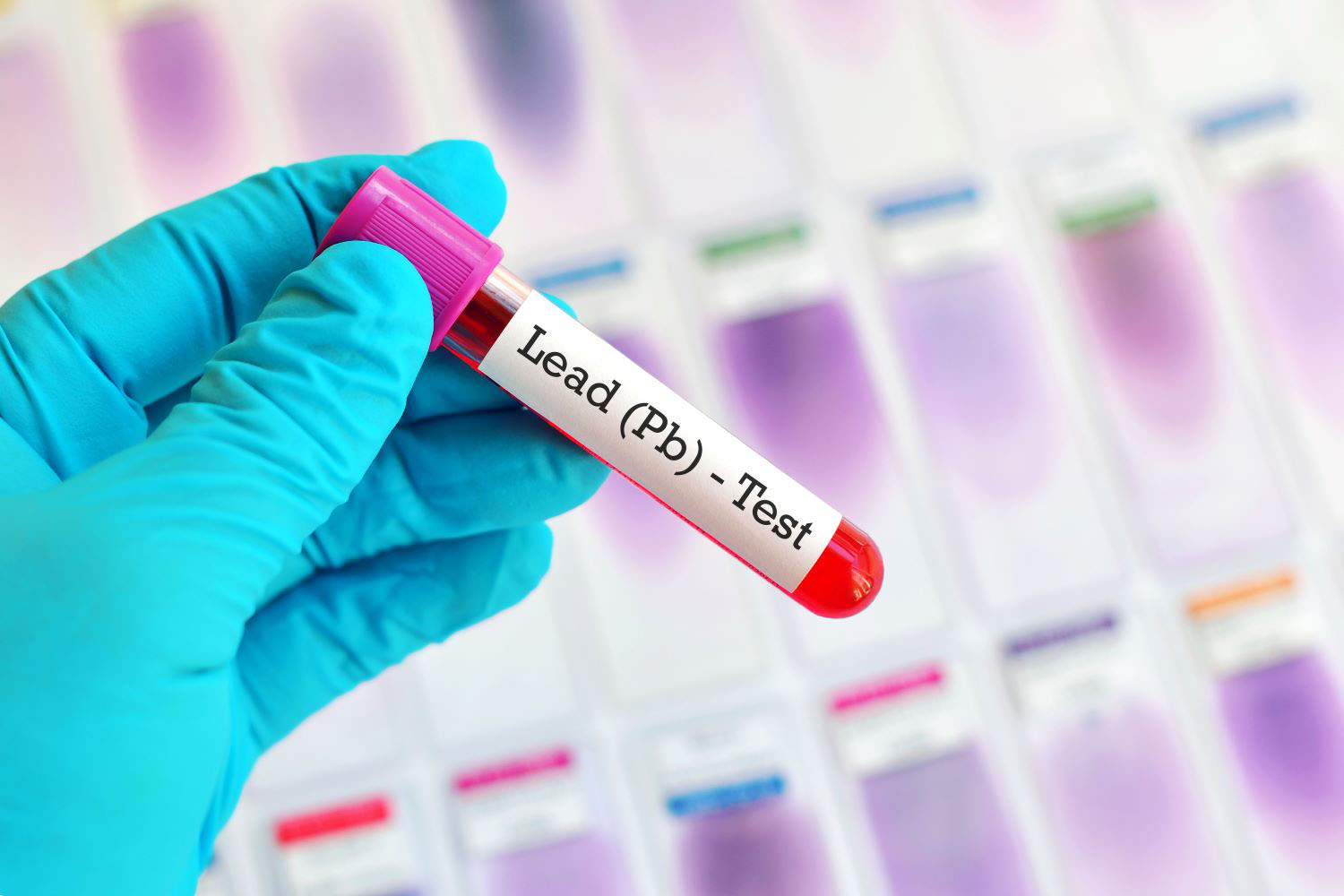Recommended

Blog Post

Blog Post

Blog Post
Exposure to lead has multifaceted negative impacts on human health and welfare. Estimates suggest that a third of the world’s children have elevated blood lead levels (BLLs) exceeding 5 µg/dL. However, there is very limited data on the prevalence and severity of lead exposure, particularly within low and middle-income countries (LMICs), limiting understanding about the magnitude of the global lead poisoning crisis; the distribution of its severity; and the extent (if any) to which progress is being made. While the reasons for these data gaps are manyfold, a major constraint to better data collection is the unsuitability of established methods for blood exposure measurement, which can be too costly and impractical for many LMICs. As global lead poisoning receives more international attention, the challenge of identifying and implementing appropriate lead exposure measurement approaches for different purposes—including the monitoring, screening, and research required to prevent exposure, as well as clinical management in already exposed individuals—has received increasing recognition as a constraint to programmatic scale-up.
To inform ongoing efforts to scale-up global lead exposure prevention and mitigation, this paper reviews the state-of-the-science on the full spectrum of methods for measuring lead exposure in humans. Targeted to policymakers and others without technical scientific backgrounds, it first provides a high-level introduction to the science of lead exposure and related biomarkers, and presents a conceptual framework for evaluating lead exposure measurement methods that considers both the intrinsic characteristics of the method and the use case for measurement. It then reviews the state of the science for methods to measure current and cumulative lead exposure, including the strengths and weaknesses of specific methods. It concludes by evaluating the strengths and weaknesses of the overall portfolio of tools in aggregate, which in turn informs an agenda for further research and development.
Rights & Permissions
You may use and disseminate CGD’s publications under these conditions.
Image credit for social media/web: GDM photo and video / Adobe Stock



